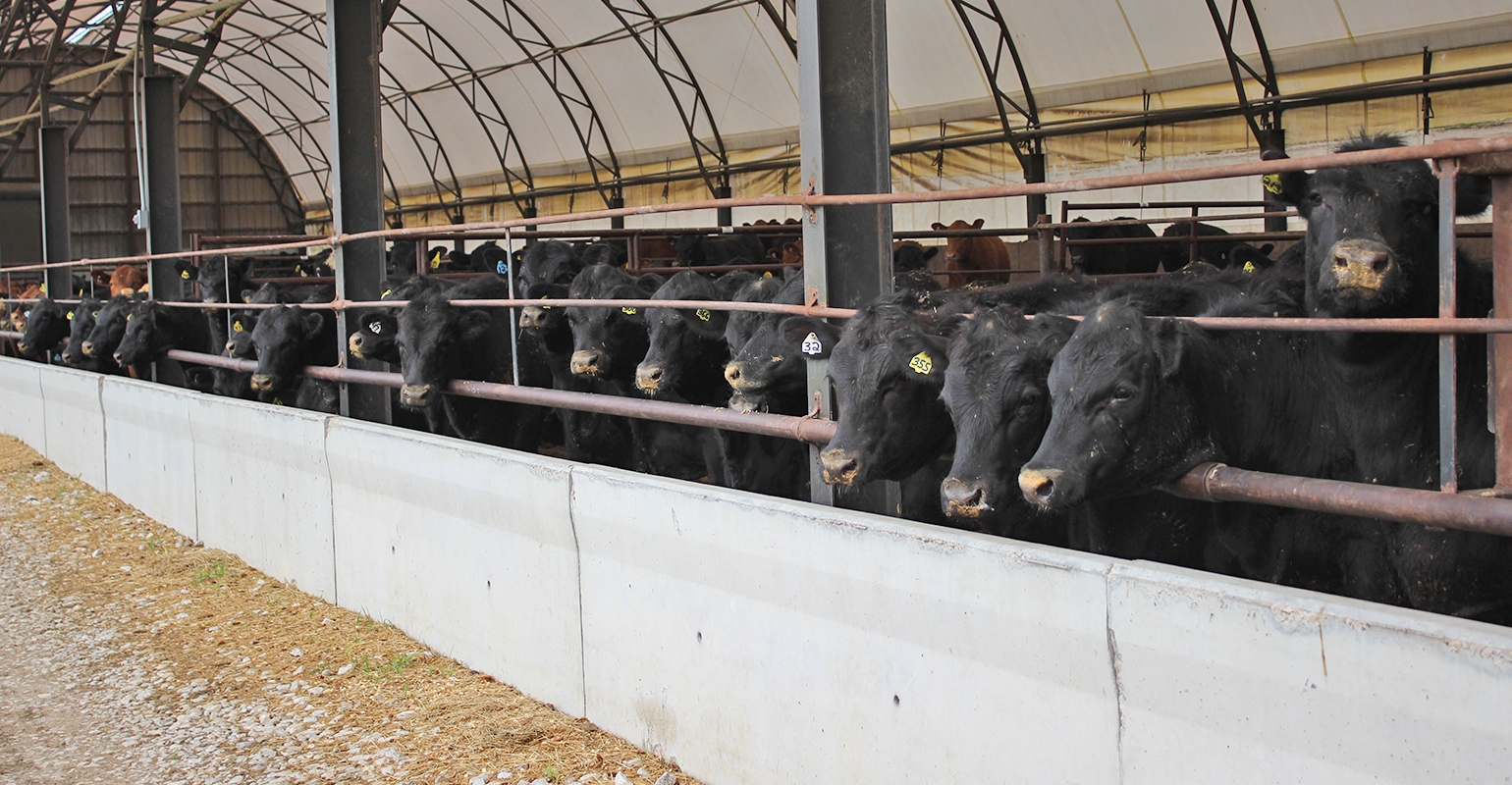Proactive Security: Bagley Risk Management Tips
Proactive Security: Bagley Risk Management Tips
Blog Article
Understanding Animals Danger Security (LRP) Insurance Policy: A Comprehensive Guide
Navigating the world of animals threat protection (LRP) insurance coverage can be an intricate venture for lots of in the farming sector. From exactly how LRP insurance coverage operates to the numerous insurance coverage options offered, there is much to discover in this extensive guide that could possibly shape the method animals manufacturers approach danger management in their companies.

Just How LRP Insurance Policy Works
Occasionally, understanding the technicians of Livestock Threat Defense (LRP) insurance coverage can be complicated, but damaging down how it functions can supply clarity for farmers and ranchers. LRP insurance coverage is a danger monitoring tool designed to shield animals manufacturers versus unforeseen price decreases. The policy enables manufacturers to establish a coverage degree based on their certain needs, picking the number of head, weight range, and protection price. Once the plan remains in location, if market prices fall below the protection cost, producers can sue for the difference. It is very important to note that LRP insurance policy is not an income warranty; instead, it focuses only on price danger defense. The coverage period commonly ranges from 13 to 52 weeks, supplying adaptability for producers to select a period that straightens with their production cycle. By using LRP insurance policy, breeders and farmers can minimize the monetary threats related to varying market costs, ensuring greater stability in their operations.
Eligibility and Coverage Options

When it comes to protection options, LRP insurance coverage provides producers the flexibility to choose the coverage degree, protection period, and endorsements that ideal match their danger administration needs. By understanding the qualification standards and insurance coverage choices available, animals manufacturers can make educated decisions to handle threat properly.
Pros and Disadvantages of LRP Insurance Coverage
When assessing Livestock Threat Security (LRP) insurance, it is important for livestock manufacturers to weigh the benefits and downsides inherent in this danger administration device.

One of the main advantages of LRP insurance coverage is its capacity to give defense versus a decline in animals costs. In addition, LRP insurance policy supplies a degree of adaptability, allowing producers to tailor insurance coverage levels and policy durations to fit their particular needs.
Nevertheless, there are likewise some disadvantages to take into consideration. One restriction of LRP insurance coverage is that it does not secure versus all kinds of risks, such as condition episodes or all-natural disasters. Premiums can often be expensive, specifically for producers with big animals herds. It is critical for producers to thoroughly analyze their private danger exposure and economic circumstance to establish if LRP insurance policy is the right risk look at more info administration device for their procedure.
Understanding LRP Insurance Premiums

Tips for Optimizing LRP Benefits
Optimizing the advantages of Animals Risk Security (LRP) insurance policy requires tactical planning and positive danger monitoring - Bagley Risk Management. To take advantage of your LRP coverage, consider the adhering to tips:
On A Regular Basis Analyze Market Conditions: Stay informed concerning market trends and price changes in the livestock market. By checking these variables, you can make informed choices concerning when to acquire LRP insurance coverage to shield versus possible losses.
Establish Realistic Insurance Coverage Degrees: When choosing protection levels, consider your production costs, market price of animals, and possible threats - Bagley Risk Management. Establishing practical insurance coverage levels ensures that you are sufficiently safeguarded without overpaying for unneeded insurance policy
Expand Your Protection: Instead of relying only on LRP insurance policy, think about diversifying your risk monitoring methods. Integrating LRP with various other danger monitoring devices such as futures contracts or alternatives can supply detailed protection against market uncertainties.
Testimonial and Change Coverage Routinely: As market problems alter, periodically assess your LRP protection to ensure it straightens with your present threat exposure. Adjusting protection levels and timing of purchases can aid enhance your risk security strategy. By complying with these tips, you can make the most of the benefits of LRP insurance and secure your animals operation versus unforeseen dangers.
Conclusion
Finally, livestock danger defense (LRP) insurance is a beneficial tool for farmers to handle the economic dangers connected with their livestock operations. By comprehending exactly how LRP functions, eligibility and protection alternatives, as well as the advantages and disadvantages of this insurance policy, farmers can make informed decisions to shield their incomes. By very carefully taking into consideration LRP premiums and executing methods to make the most of benefits, farmers can alleviate possible losses and ensure the sustainability of their operations.
Livestock producers interested in obtaining Livestock Threat Protection (LRP) insurance coverage can check out a variety of qualification standards and insurance coverage options customized to their specific animals procedures.When it comes to coverage alternatives, LRP insurance offers manufacturers the adaptability to pick the insurance coverage degree, insurance coverage duration, and endorsements that best match their threat monitoring needs.To understand the complexities of Livestock Danger Protection (LRP) insurance coverage totally, understanding blog the variables affecting LRP insurance policy costs is vital. LRP insurance policy premiums are identified by various elements, consisting of the protection level chosen, the anticipated cost of livestock at the end of the insurance coverage duration, the dig this type of animals being guaranteed, and the length of the insurance coverage duration.Review and Readjust Protection On a regular basis: As market conditions transform, regularly review your LRP protection to guarantee it lines up with your present threat direct exposure.
Report this page